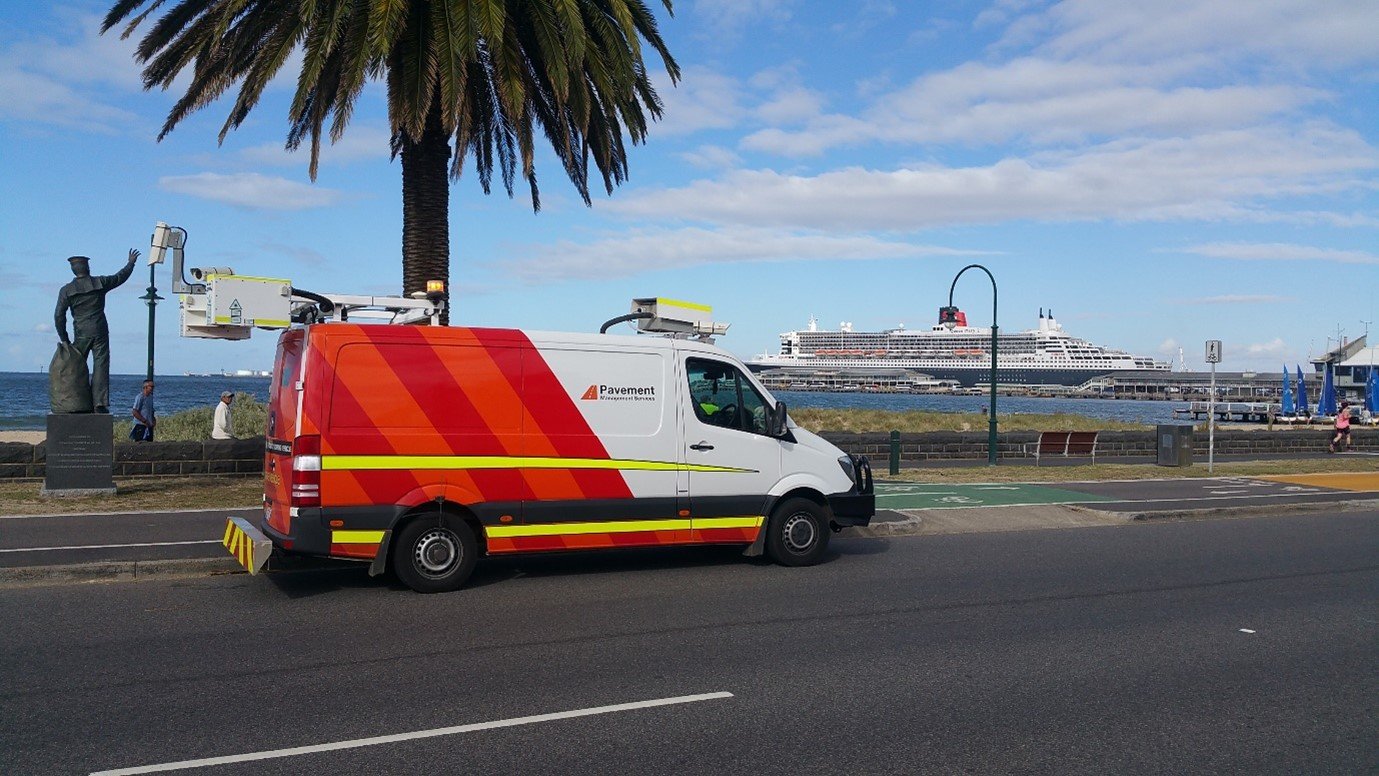The International Roughness Index (IRI)
What is the International Roughness Index (IRI)?
The International Roughness Index (IRI) is a standardised measure of road roughness, i.e. the overall ride quality of an asphalt road pavement. Essentially, it is a measurement of pavement smoothness.
The IRI is calculated using a mathematical model of a vehicle's suspension, and is expressed in units of metres per kilometre (m/km). The lower the IRI value, the smoother the road surface. Table 1 illustrates this fact whereby a lower IRI value corresponds to a "Very Good" or "Good' road with minimal surface imperfections. A fair road is characterised by surface imperfections, while poor roads exhibit frequent minor depressions and very poor roads display frequent shallow or deep depressions (Table 1).
How is the IRI calculated?
The IRI is calculated using a mathematical model of a vehicle's suspension. The model is based on the quarter-car model, which is a simplified representation of a vehicle's suspension system. The model is used to calculate the accumulated suspension displacement of a vehicle as it travels over a road surface. The IRI is then calculated as the average rectified slope of the suspension displacement.
Some road authorities prefer IRI to be reported as NAASRA. This employs one of two mathematical models*:
1) The quarter-car model (World Bank model) which represents the dynamic response of a real vehicle travelling along a single wheelpath of the road.
NAASRA (counts/km) = 26.49 x Lane IRIqc (m/km) – 1.27
Where qc = quarter-car model
2) The half-car model (Prem, 1989) which is used to obtain more consistent correlation between IRI and the NAASRA Roughness Metre measurements where IRI is computed using the average of the two wheelpath profiles.
NAASRA (counts/km) = 33.67 x Lane IRIhc (m/km) – 1.95
Where hc = half-car model
The equations provided above can then be converted to NAASRA Roughness Meter Counts (NRM Counts/km). Note that the quarter-car model is more commonly used.
* Calculation models were obtained from TFNSW Test method T187
How is the IRI used?
The IRI is used by road agencies to assess the condition of roads and to prioritise maintenance and rehabilitation projects. The IRI is also used by vehicle manufacturers to test the ride quality of their vehicles.
How we can help
To capture any defects that affect ride quality, we use the ARAN pavement laser profiler which allows us to gather data on the various pavement defects that influence the roughness of the road. The ARAN’s Laser SDP longitudinal profile measurement system enables pavement engineers to capture road profile data and conduct real time roughness index calculations.
Click here to download the free technical brochure.
Conclusion
The International Roughness Index (IRI) is a measure of road roughness that is used by road authorities around the world. The IRI is a simple and inexpensive measure to calculate, and it is a valuable tool for assessing the condition of roads and prioritising maintenance and rehabilitation projects.
Reference
Sayers, M. (n.d.). On the Calculation of International Roughness Index from Longitudinal Road Profile. Available at: https://onlinepubs.trb.org/Onlinepubs/trr/1995/1501/1501-001.pdf
Transport for NSW. (2020). Economic Parameter Values. Available at: https://www.transport.nsw.gov.au/system/files/media/documents/2020/200527%20-%20TfNSW%20Economic%20Parameter%20Values%20v2.0.pdf
Transport for NSW. (2012). Test method T187: Measurement of ride quality of road pavements by laser profiler. Available at: https://standards.transport.nsw.gov.au/search-standard-specific/?id=TBA%20-%200004637:2023


